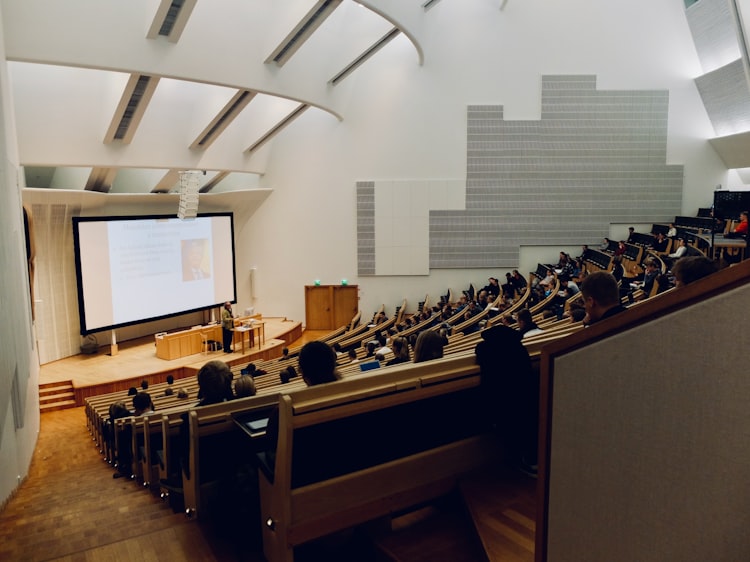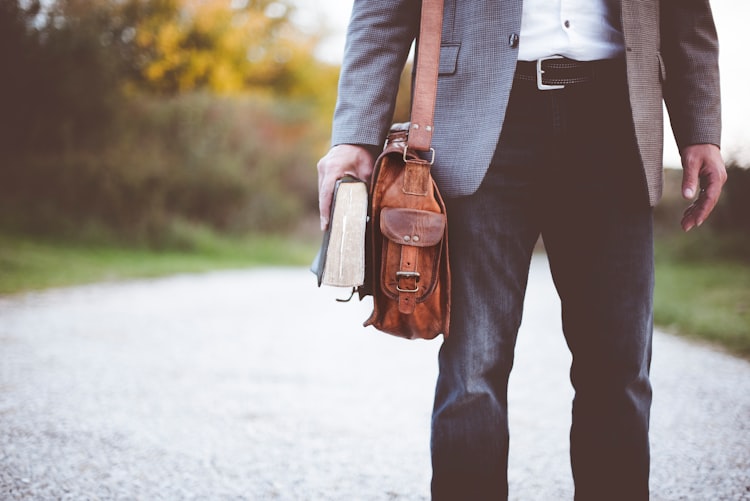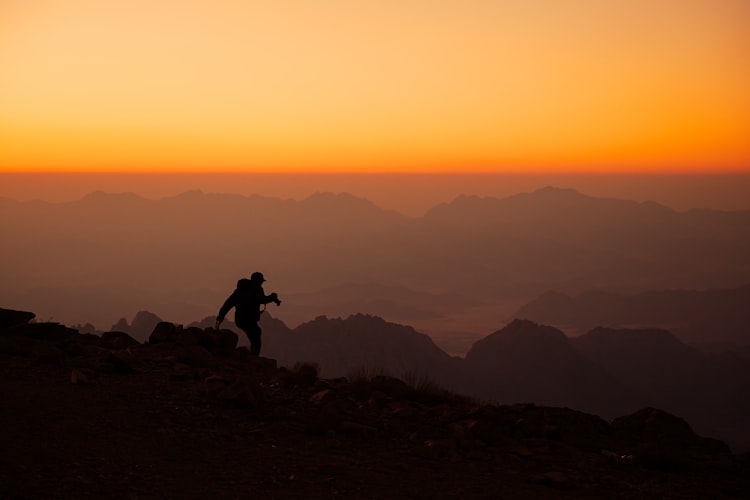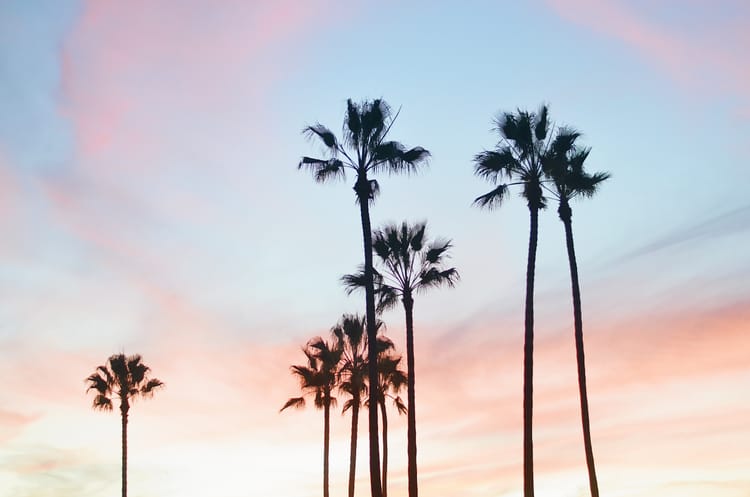We Moved to Austin
In June 2020, I packed the contents of my Chinatown apartment into a rented minivan.
I parked the minivan on the curb with its flashers blinking. Then I raced back and forth between my 4th floor apartment and the van with all of my earthly possessions. I had to physically stop passerby from stealing my furniture, dodge a drunk man who spat at me and pounded on the door of my building for at least 15 minutes, and triage which items would remain on the curb (as I lack both the prudence to adequately predict how many items from a one-bedroom apartment will fit in a Dodge Caravan and the spatial awareness to efficiently pack said Dodge Caravan), all while wearing a bandanna around my face as a symbolic, if not entirely functional, talisman against COVID.
It was chaos.
But my partner and I made it out of town, arriving late the next day at my parents’ house in Chicago. There, we plotted our next steps: buy a car and take a road trip around the country.
On the Road
Living nomadically at the beginning of the pandemic was a great decision. I was in the sweet spot of life where I had a stable relationship (i.e., a default travel buddy) and a good job where I could work remotely, but no kids or family obligations tying me to a specific location. And with many people afraid to travel in late 2020 and early 2021, long-term Airbnb prices were quite reasonable – little more than what we had spent on rent in New York.
We drove across the country: first south from Chicago through St. Louis and Tulsa to Austin, then west. We snowboarded in Colorado, hiked in Utah, and surfed in California.
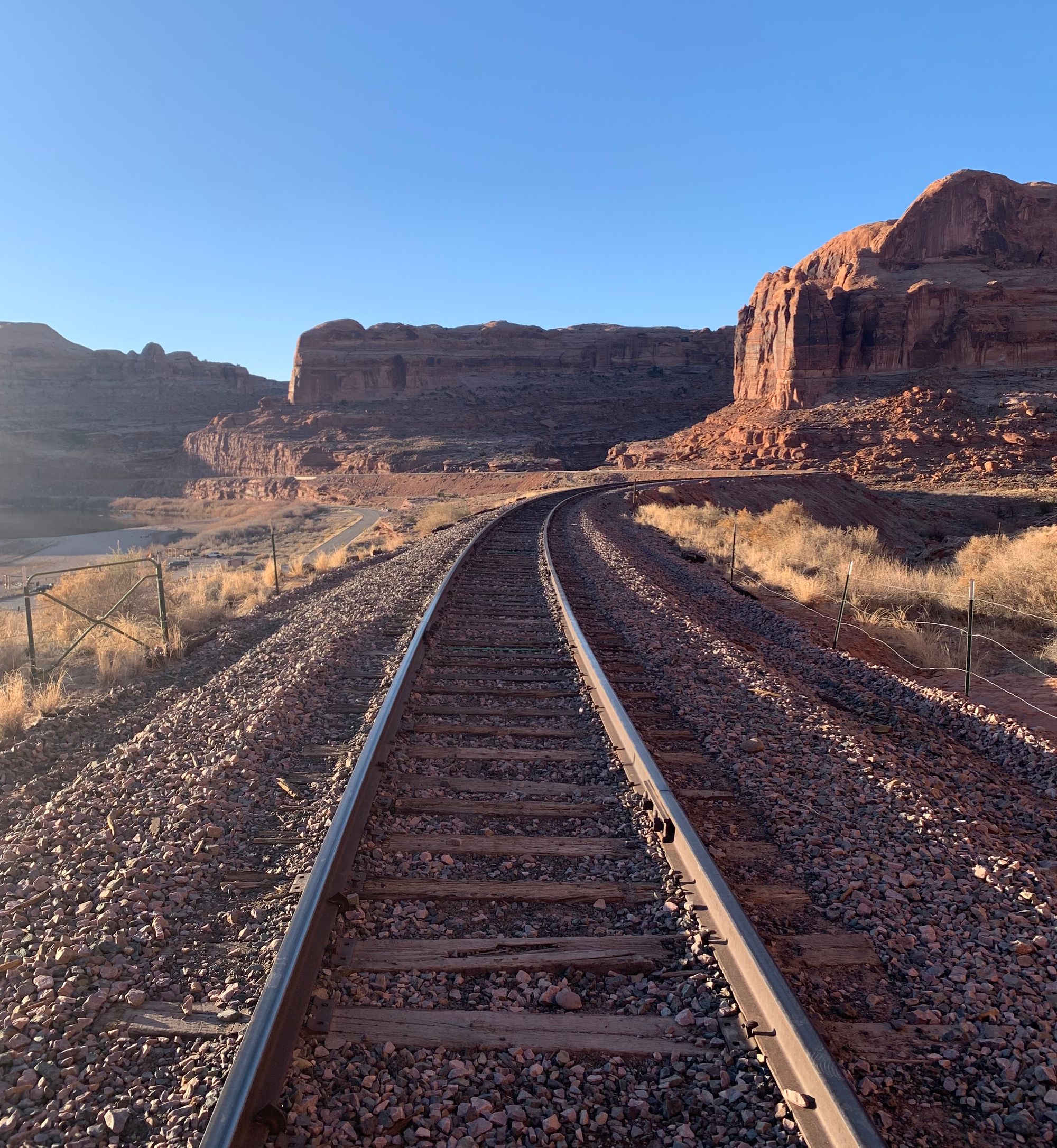
Leaving New York was one of the best things I could have done for my mental and physical health. When your baseline is a one-bedroom apartment quarantine, getting outside in the sun, not following the news, and experiencing the diversity of land and people in the United States is delightful.
Lonesome Traveler
That said, life on the road became tedious after a while.
Everything that is nice about a vacation is annoying when you need to work from a new place. The lack of a routine and office setup led to decreased work productivity. At the same time, because we were working, we had limited hours to explore the places that we were visiting.
It took time and mental energy to repeatedly plan where we live in the next month. Once we agreed on where to go and found an Airbnb, we’d spend an entire weekend packing the car, driving to a new city, and unpacking in the next rental. It was essentially the stress of a move, every month.
Then, we’d need to figure out where to go grocery shopping, find a new gym, and see which restaurants in the area that we liked. But just as we were settling into our new routine, we would pack up the car and do it all over again. We found that constantly changing our environment was not the best way to have a good night’s sleep, a healthy diet, or a consistent workout routine.
We also ended up spending a lot of time in our parents’ homes. We had to weigh whether or not to spend $3,000 to rent an Airbnb for the weeks between Thanksgiving and Christmas. Was it really worth the cost when we’d be driving back so soon?[1]

Additionally, the trip was at times quite lonely. During the majority of our travels, vaccines weren’t yet available, meaning a lot of in-person events were cancelled. So there were not many opportunities to meet new people.[2] Pandemic aside, it is hard to build a community when you know you’re only in a city for a month. If we were to do this again, we’d get a WeWork membership and head into the coworking space each day to help develop a work routine and have at least a bit of human interaction.
The Town and the City
After traveling around the country, we realized that we had a few priorities for where we wanted to live long-term. We wanted to be somewhere with good weather, where we wouldn’t mind riding out more COVID lockdowns. We also wanted to be near friends and family. It is difficult to move somewhere where you start from scratch — we wanted the beginnings of a social network to build a community.
This narrowed down our options to either Southern California or to Austin. We loved Orange County...who doesn’t? Some of my best friends live there, the weather is perfect, and you can go surfing in the middle of the workweek. But ultimately we chose Austin for a few reasons:
-
Cost of living. Orange County was significantly more expensive than Austin. Rent is 50% higher. And with a 0% income tax rate, living in Texas gives you an immediate ~10% pay bump vs. living in California.
-
Good weather. Well, good weather for about nine months of the year. However, see point #1. If we are craving the SoCal lifestyle and want to escape the summer heat and humidity of Austin, the tax savings from my salary alone will pay for a three-month sublet in Orange County.
-
Job opportunities. Austin has a great tech and startup scene. There are a ton of other people working in crypto and building cool companies. Many companies are moving their headquarters to Austin from the Bay Area (Tesla, Oracle, etc.), or at the very least, opening huge satellite offices here. I only see this trend accelerating in the next few years, and think at this point Austin is just as good as the Bay Area for ambitious people working in technology.
-
Excellent culture. People are really nice here! Austin feels like a mix of Midwestern friendliness and Southern hospitality. There is also a live and let live attitude and self-reliance mindset that strikes me as very Texan.
-
Diversity. Austin has true intellectually and political diversity when contrasted with New York. (Let’s hope this holds up with the influx of new residents.) Austin, while a fairly liberal city, is still part of Texas. This leads to an interesting dynamic where you don’t know where people stand politically. I find this refreshing, after being in a work environment in New York where everyone’s politics were assumed and discussions could become a virtue signaling competition. Essentially, the reasons Tim Ferriss had for moving to Austin a few years back hold up.
-
Tremendous food. I am happy eating tacos and barbecue for every meal.
-
COVID concerns. If we are to lock down again, we want to be in both a red state (to minimize restrictions) and somewhere with a lot of outdoor space and activities.
-
Personal network. Both my partner and I have friends in Austin. With her family in New York and mine in Chicago, it’s also close enough to home to go back for a weekend. There is a big difference between a six hour flight and three hour time difference from LA to New York, vs. a three hour flight and one hour time difference coming from Austin.
-
The downsides...aren’t so bad. People talking about how the rent is too high here have never lived in NYC. People talking about how bad the traffic is have never driven in LA or Chicago.
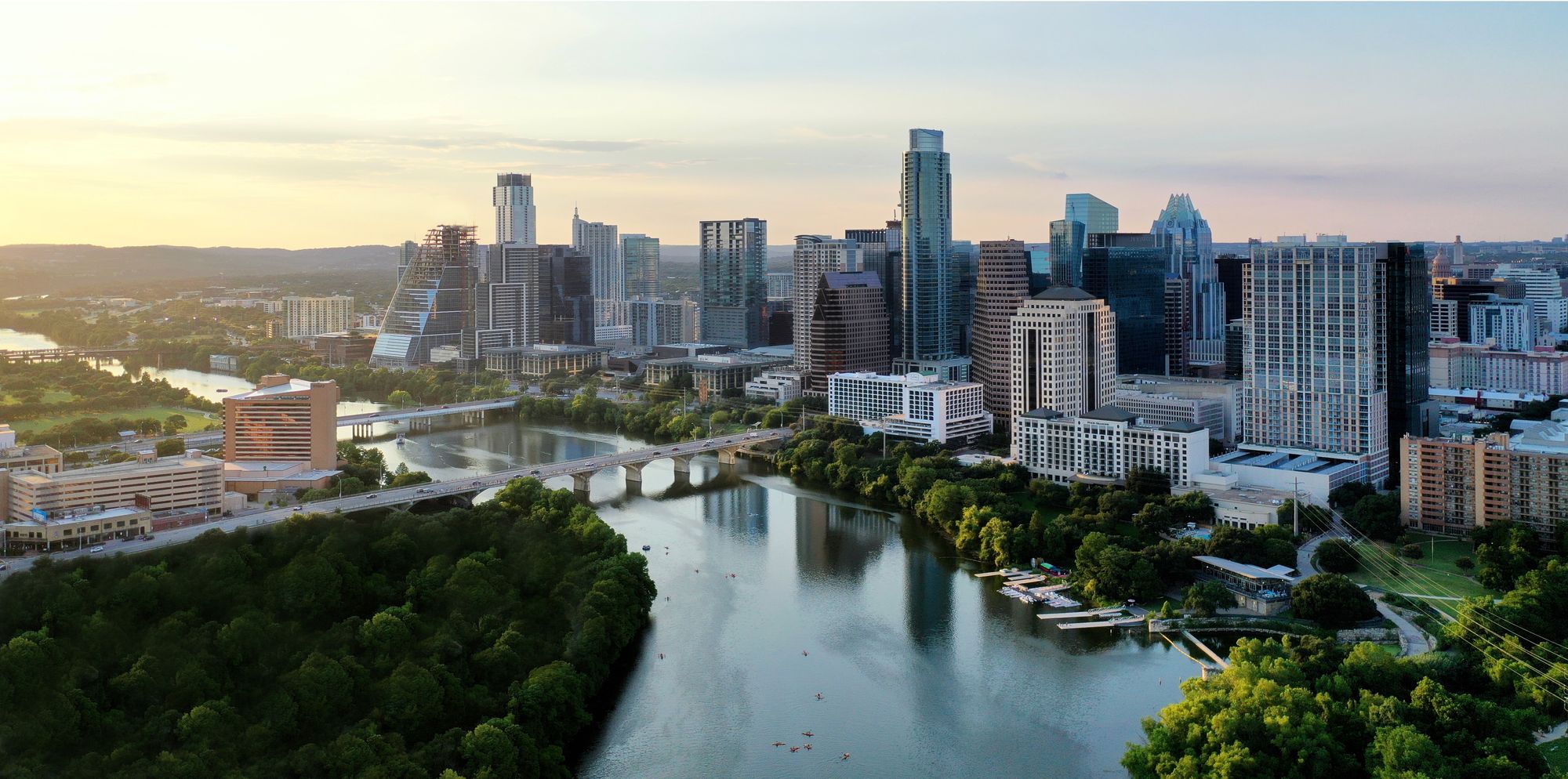
So, like many who fled San Francisco and New York in the past two years, we’re Texans now. Giddy up. 🤠
